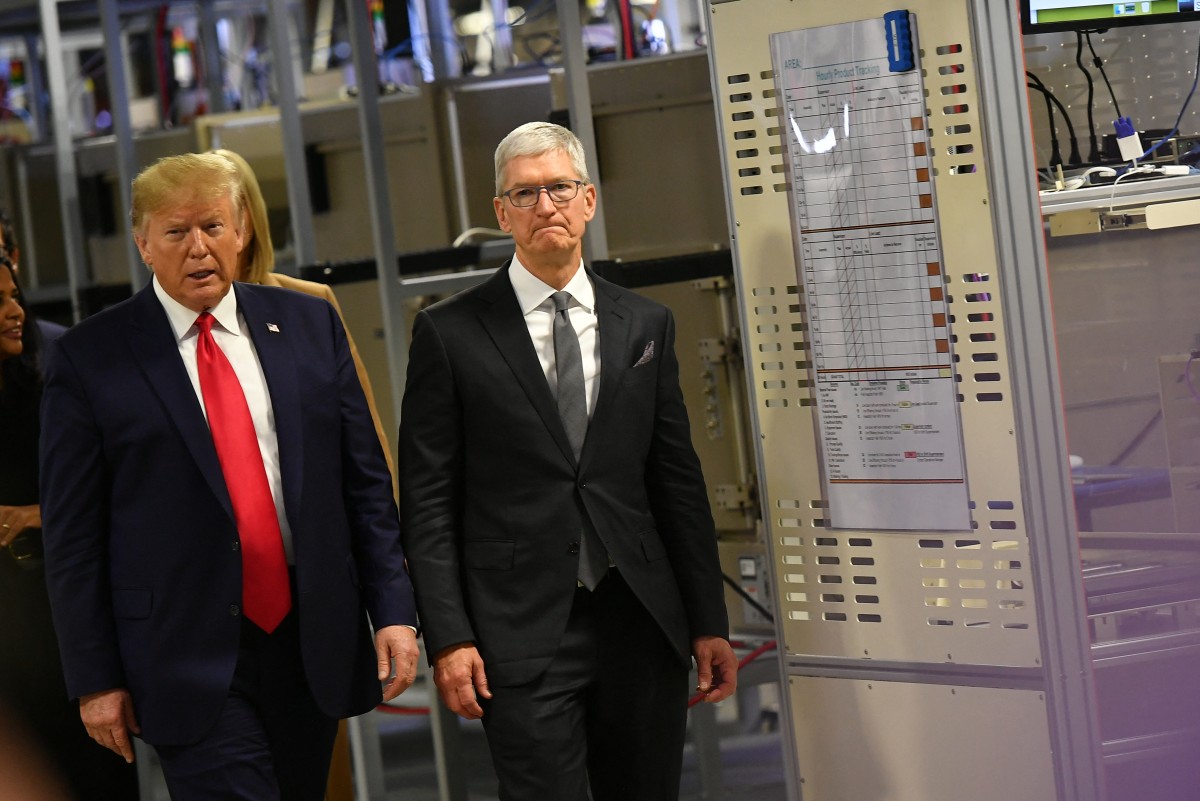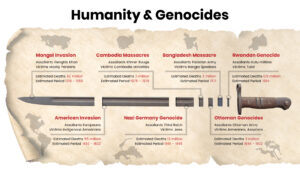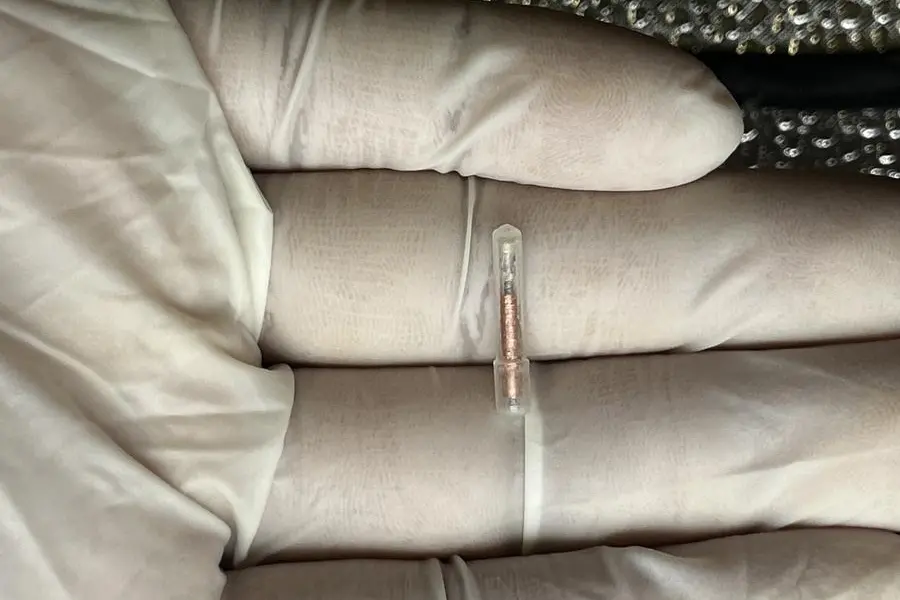Washington, United States – President Donald Trump rekindled the US trade war on Friday, threatening to impose a 50 percent tariff on the European Union — and drawing a strong response from European politicians.
Lamenting that negotiations with the EU “are going nowhere,” Trump said on Truth Social on Friday that he is recommending “a straight 50% Tariff on the European Union, starting on June 1, 2025.”
The EU had been “formed for the primary purpose of taking advantage of the United States on TRADE,” he said, taking a swipe at “difficult” negotiations.
European leaders and senior politicians reacted with dismay to Trump’s announcement, and called for de-escalation.
“We are sticking to our position: de-escalation, but ready to respond,” France’s trade minister Laurent Saint-Martin posted on the X social media platform.
Irish Prime Minister Micheal Martin called Trump’s announcement “enormously disappointing,” writing on X that “tariffs are damaging to all sides.”
“We do not need to go down this road,” he said, without spelling out how Europe might respond.
Wall Street stocks fell on the news, before paring some losses.
‘Difficult’ negotiations
Trump imposed a new sweeping “baseline” tariff of 10 percent against most countries last month, and even steeper duties on dozens of trading partners — including a 20 percent levy on the EU — which have since been paused for 90 days to allow for trade talks.
The US president has also introduced sector-specific measures on automobiles, steel and aluminum not produced in the United States, which remain in place for many countries.
The Trump team has claimed some early successes, announcing a deal to permanently roll back some sector-specific tariffs on Britain, and another agreement with China to reduce prohibitively high levies and retaliatory measures for a 90 days — a move that was welcomed by jittery financial markets.
But the talks between the United States and the EU have failed to make much progress, with Brussels recently threatening to hit US goods worth nearly 100 billion euros ($113 billion) with tariffs if it does not lower the duties on European goods.
Speaking to Bloomberg Television on Friday, US Treasury Secretary Scott Bessent said the lower 10 percent tariff rate was “contingent on countries or trading blocs coming and negotiating in good faith.”
“And I think the president was getting frustrated with the EU,” he said.
An EU spokesperson declined to comment on Trump’s latest tariff threats on Friday, telling reporters that there was a pre-planned call later in the day between EU Trade Commissioner Maros Sefcovic and US Trade Representative (USTR) Jamieson Greer.
Spokespeople for the USTR, the Commerce Department, the White House, and the Treasury Department did not respond to a request for comment.
US-made iPhones ‘not feasible’
In a separate message posted Friday, Trump blasted Apple for failing to move iPhone production to the United States despite his repeated requests, and threatened new duties of “at least” 25 percent if they did not comply.
Trump’s criticism of the US tech titan revived the pressure on Apple’s chief executive Tim Cook to do more to bring manufacturing jobs back to the United States from Asia.
Most of Apple’s iPhone assembly happens in China, although the company has in recent years been shifting assembly to other countries, including India.
Apple did not respond to a request for comment.
The problem with Trump’s proposal, according to Wedbush Securities analyst Dan Ives, is that reshoring iPhone production to the United States “is a fairy tale that is not feasible.”
Ives predicted moving assembly back across the Pacific Ocean could push up iPhone prices to $3,500.
In a recent report, Bank of America Securities analysts said that the labor costs alone of moving assembly to the United States would add around 25 percent to the price of the high-end iPhone 16 Pro Max.
“On top of that, if Apple had to pay reciprocal tariffs to import sub-assemblies into the U.S., we see the total cost of an iPhone increasing 90%+” they added.








